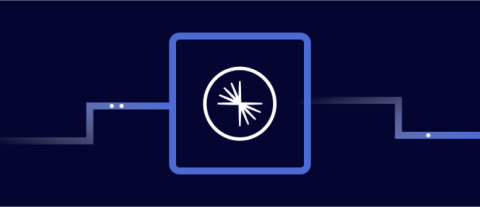Windowing with Table-Valued Functions | Apache Flink SQL
Apache Flink SQL makes it easy to implement analytics that summarize important attributes of real-time data streams. There are four different types of time-based windows in Flink SQL: tumbling, hopping, cumulating, and session. Learn how these various window types behave, and how to work with the table-valued functions that are at the heart of Flink SQL’s support for windowing.










